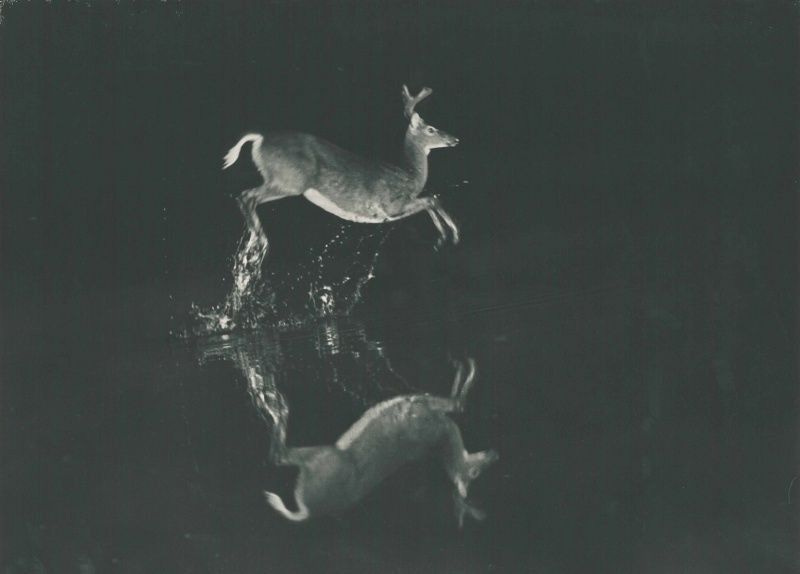The future is dark, which is the best thing the future can be, I think.
—Virginia Woolf from a journal entry dated January 18, 1915
Last week I included a prompt that’s been haunting me all week. “Be in the Dark.” How to just be okay with not knowing. And I like the idea but I’ve been swamped with decision…
Keep reading with a 7-day free trial
Subscribe to The Colour | Newsletter | Lab | Community to keep reading this post and get 7 days of free access to the full post archives.




